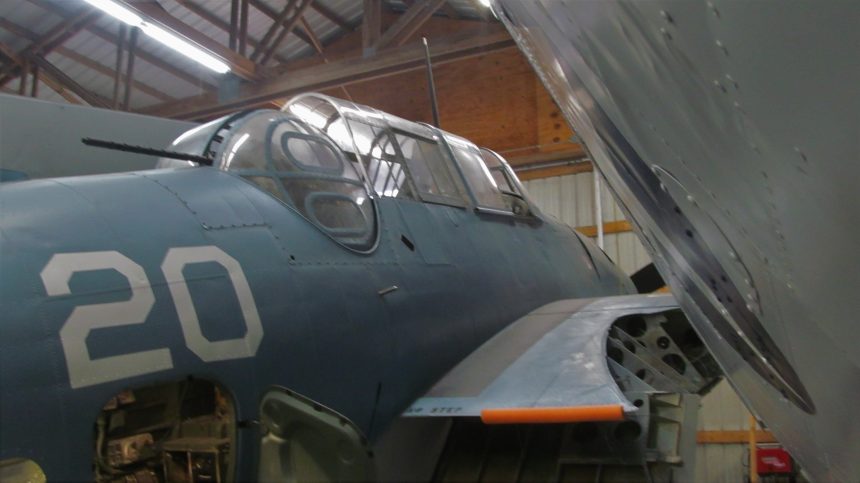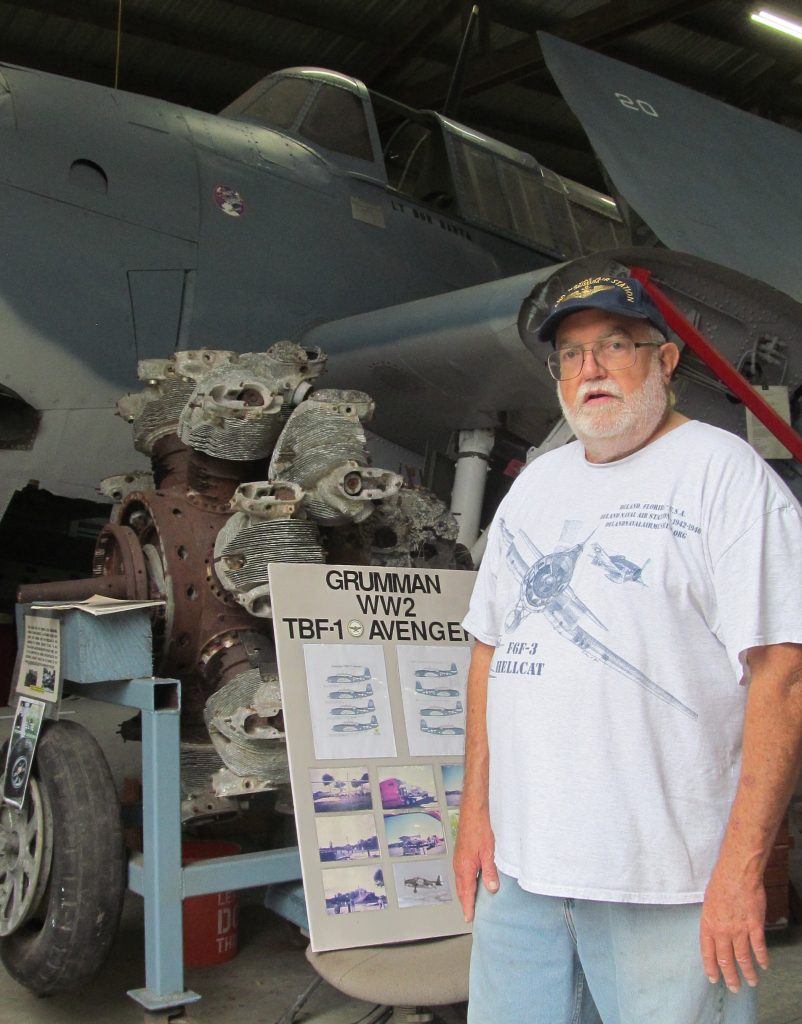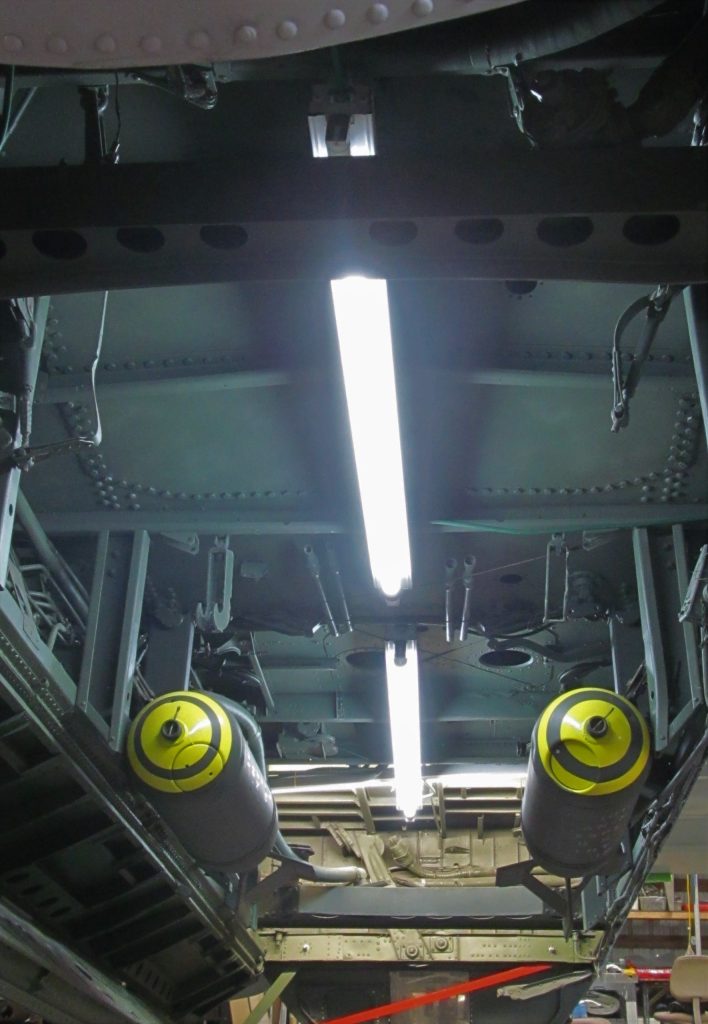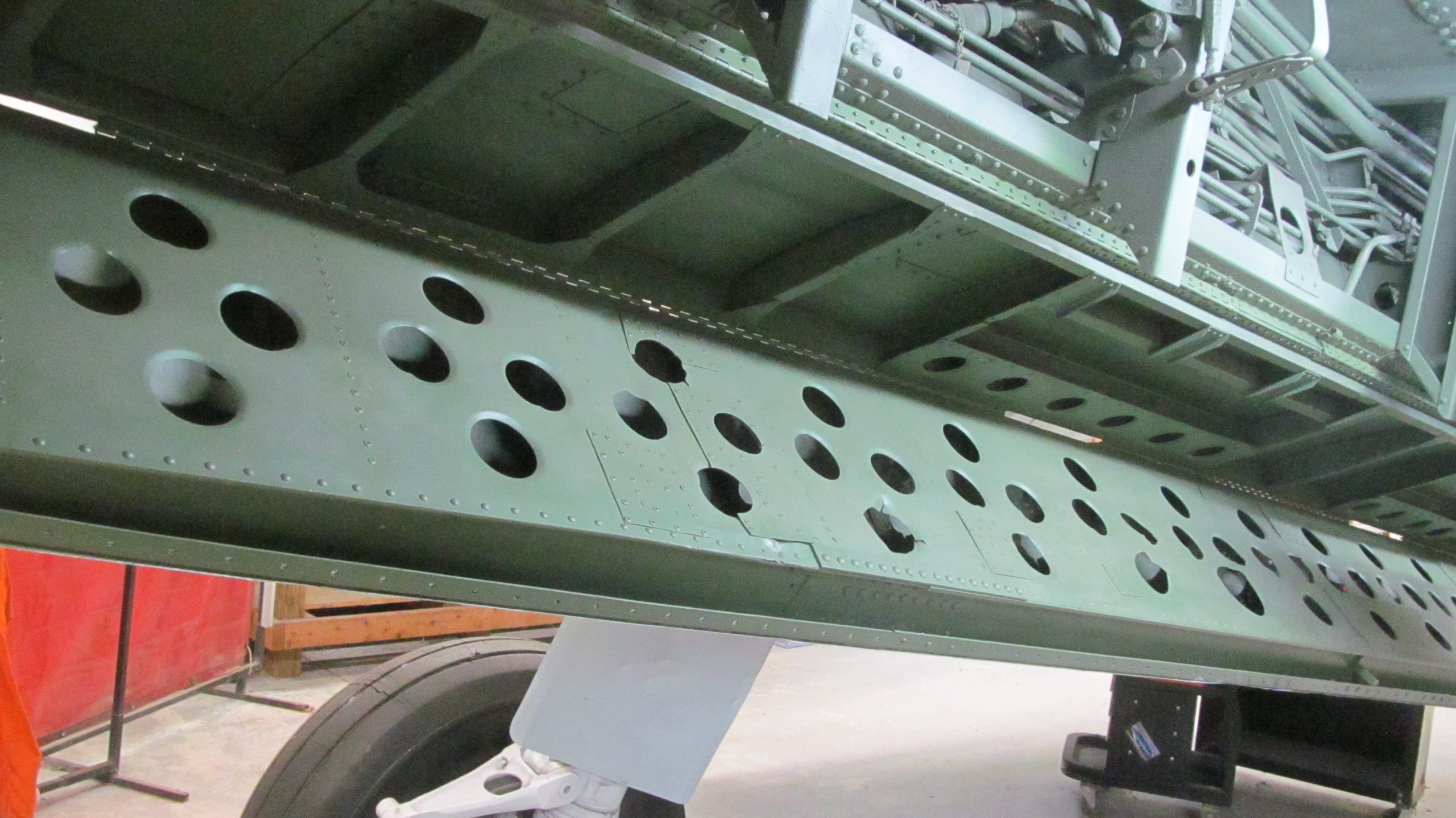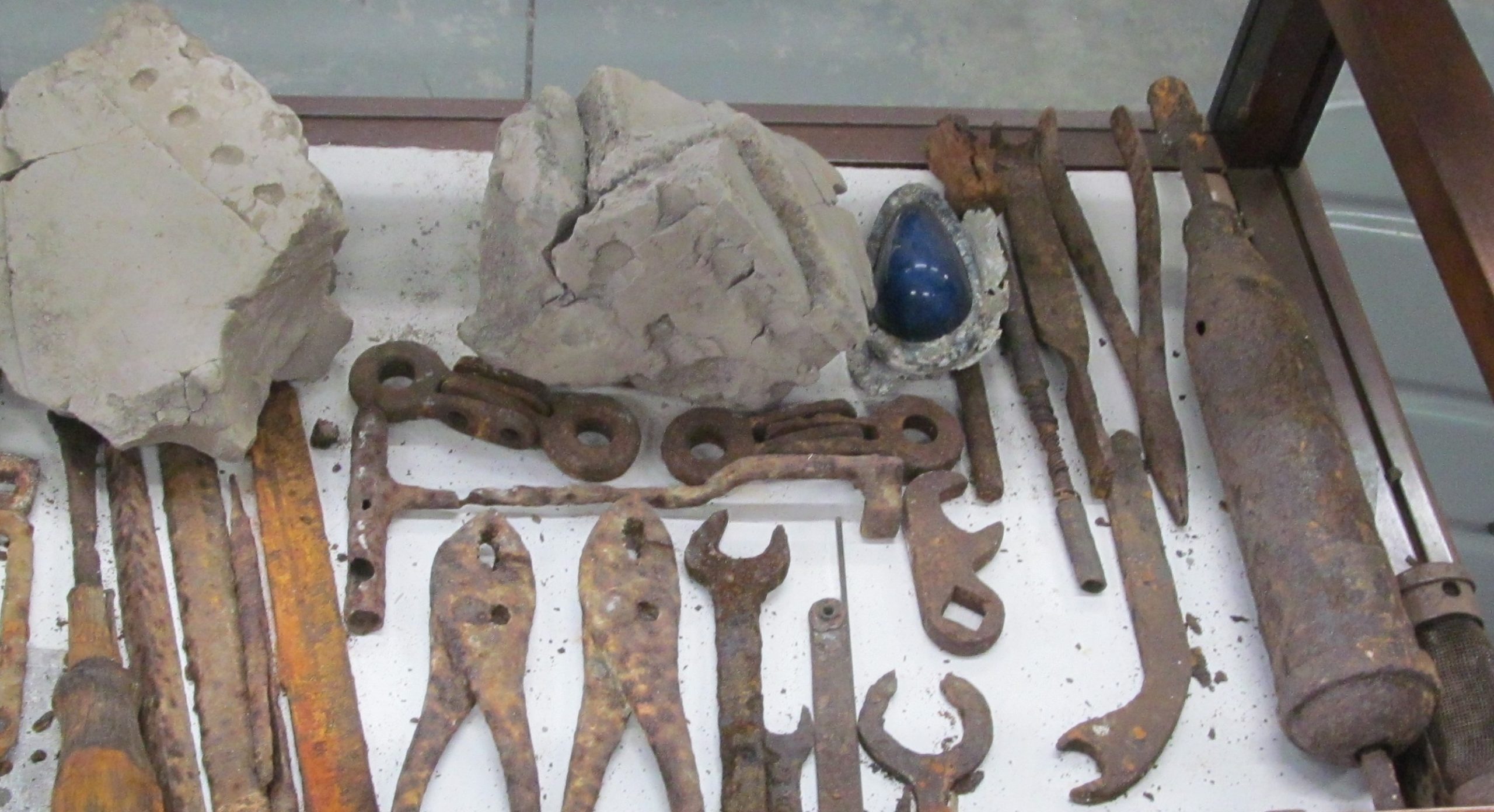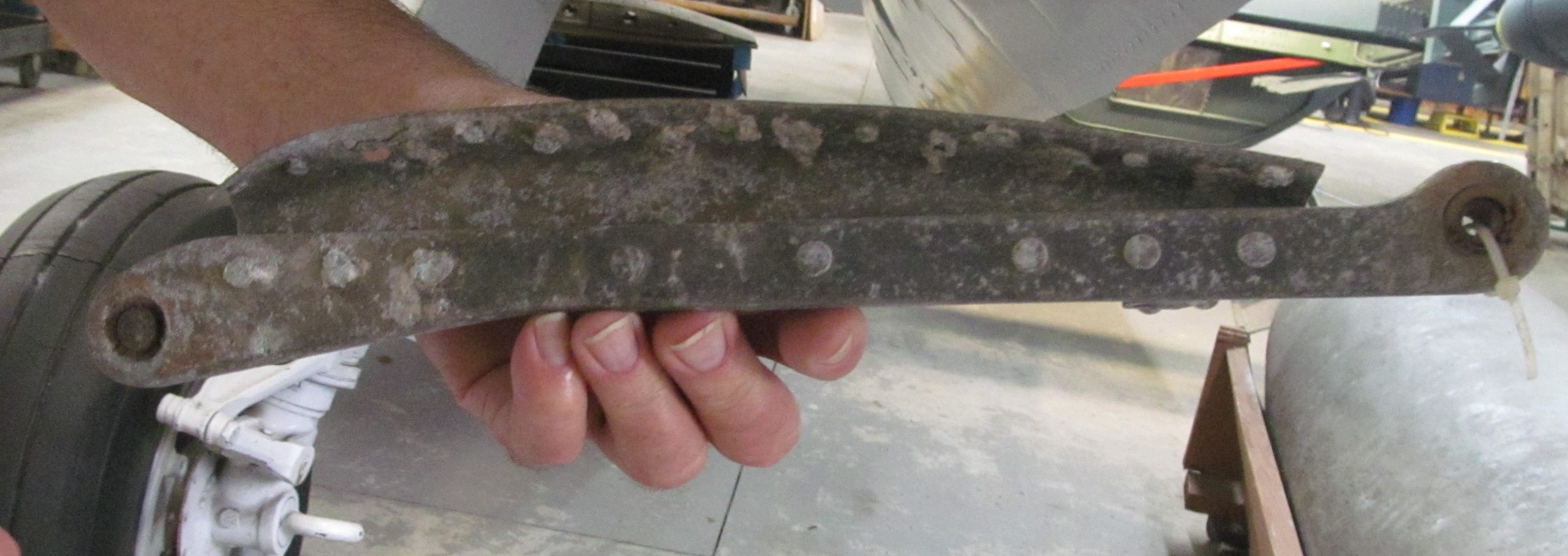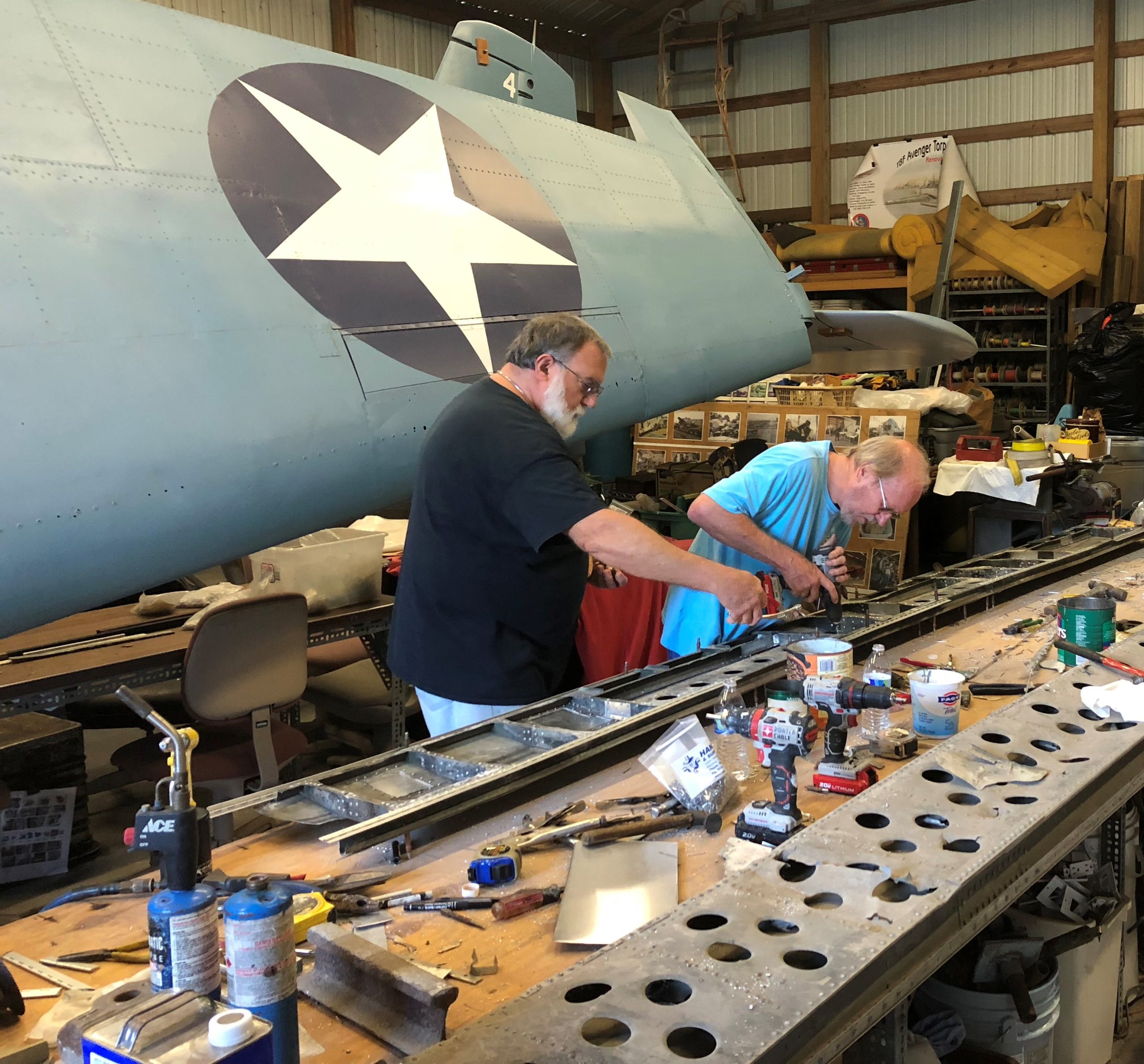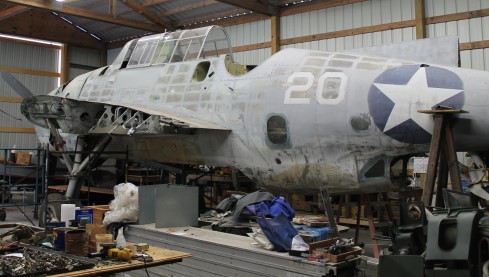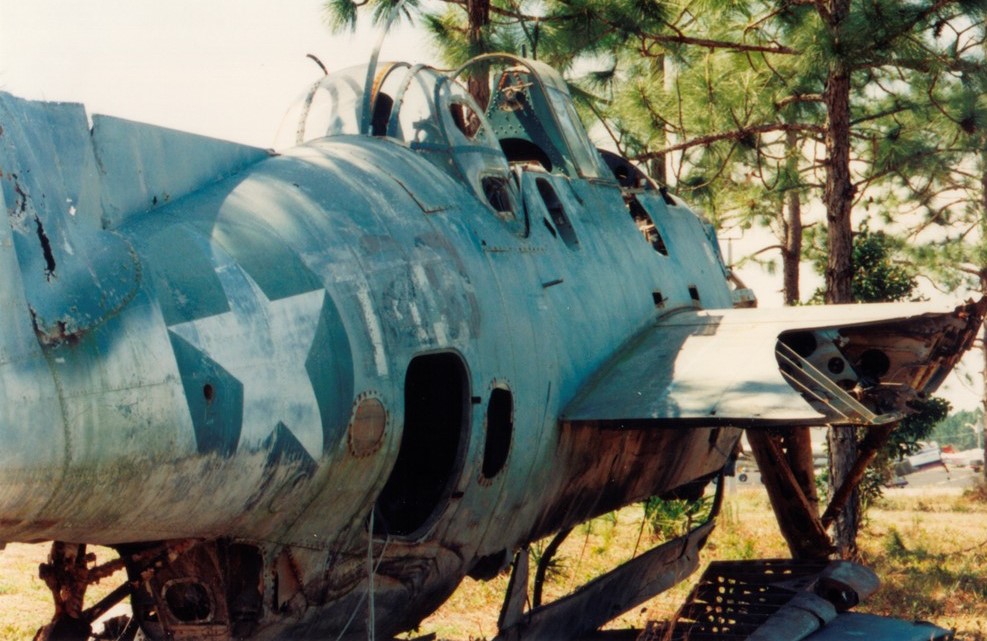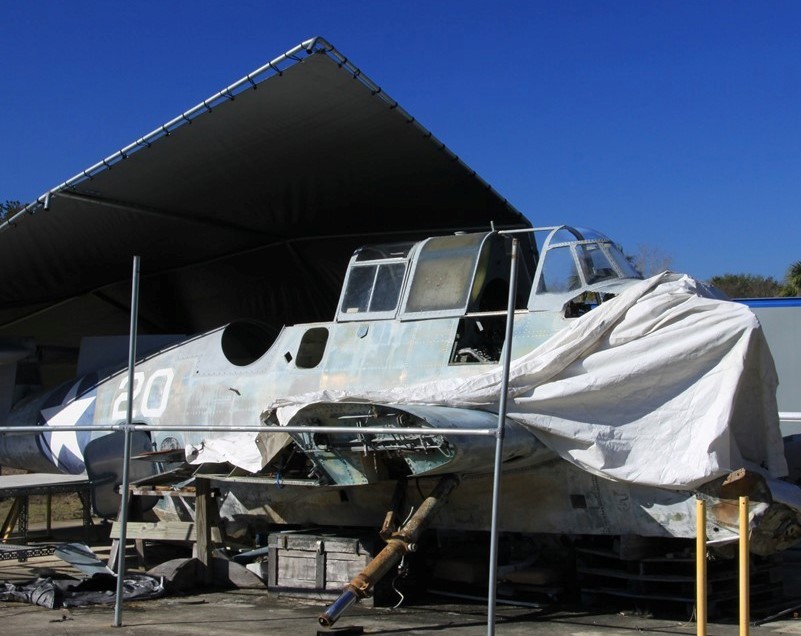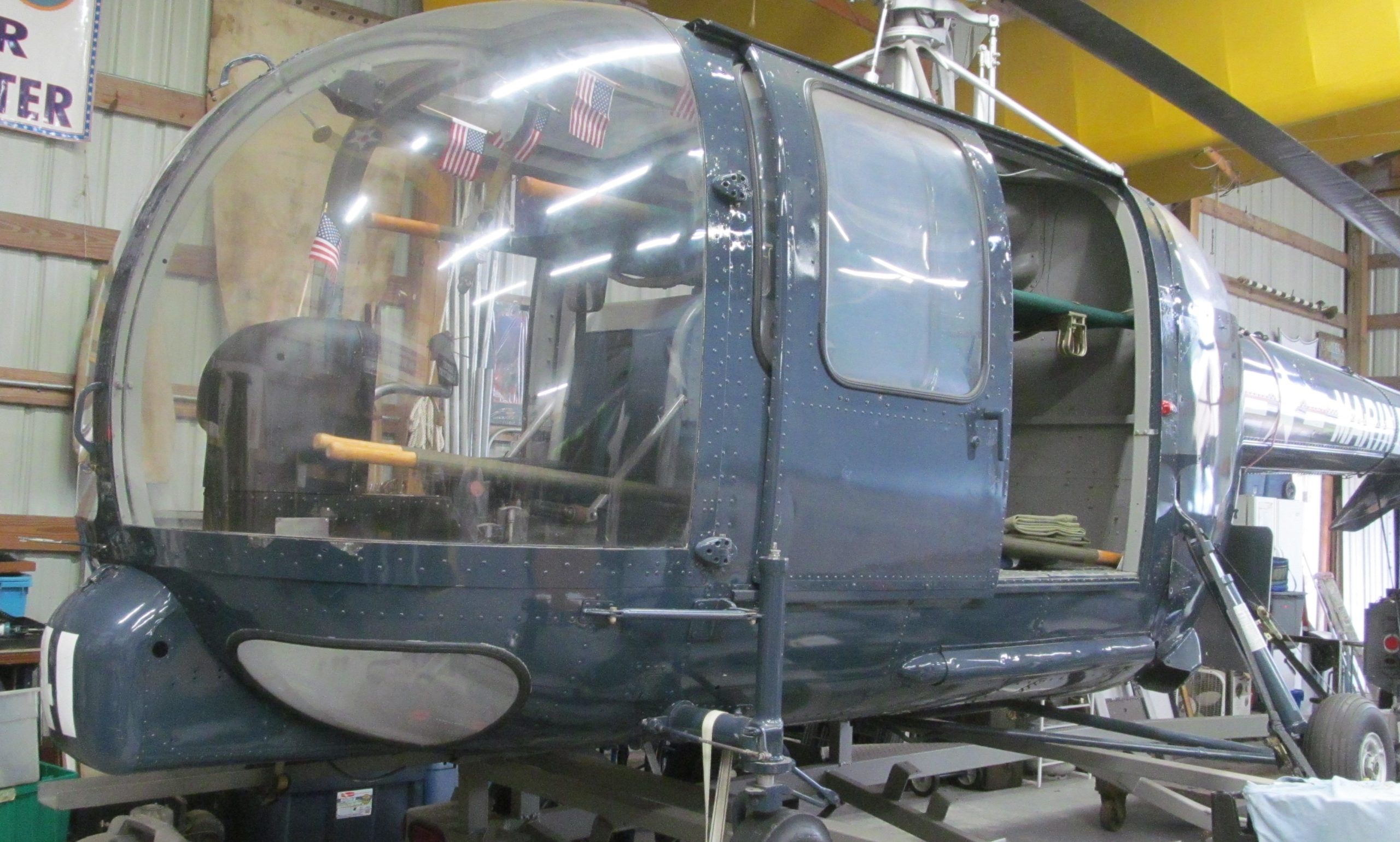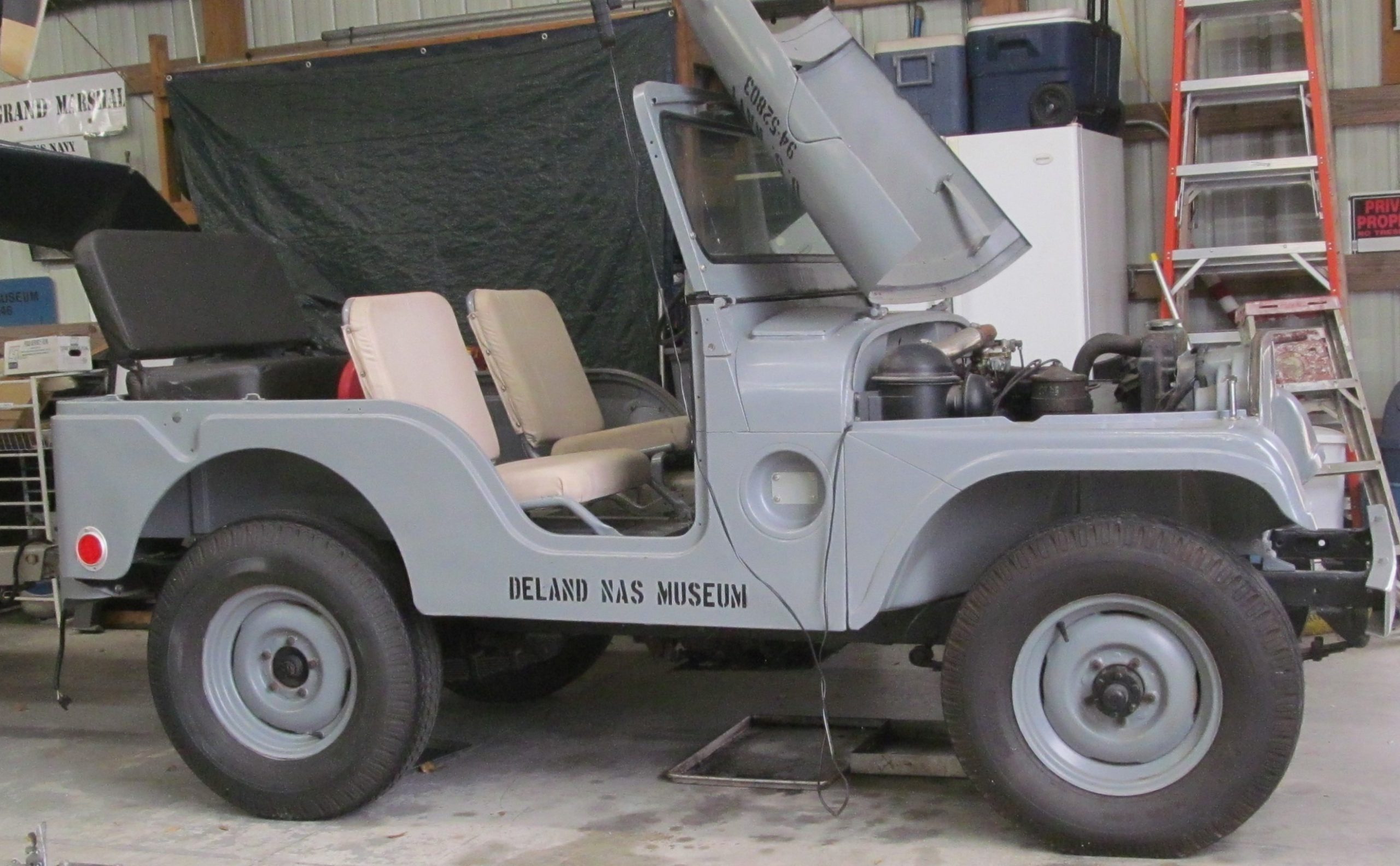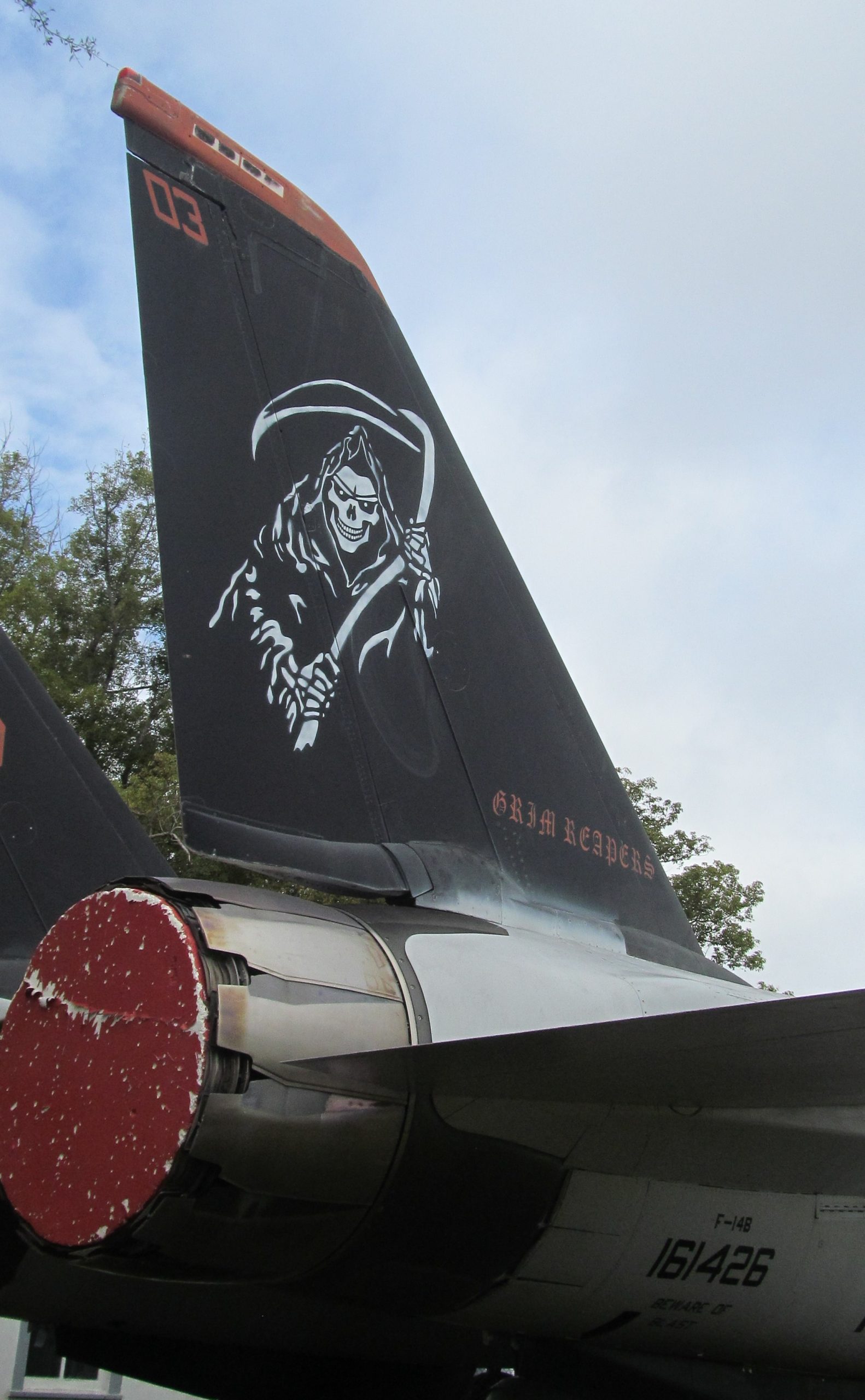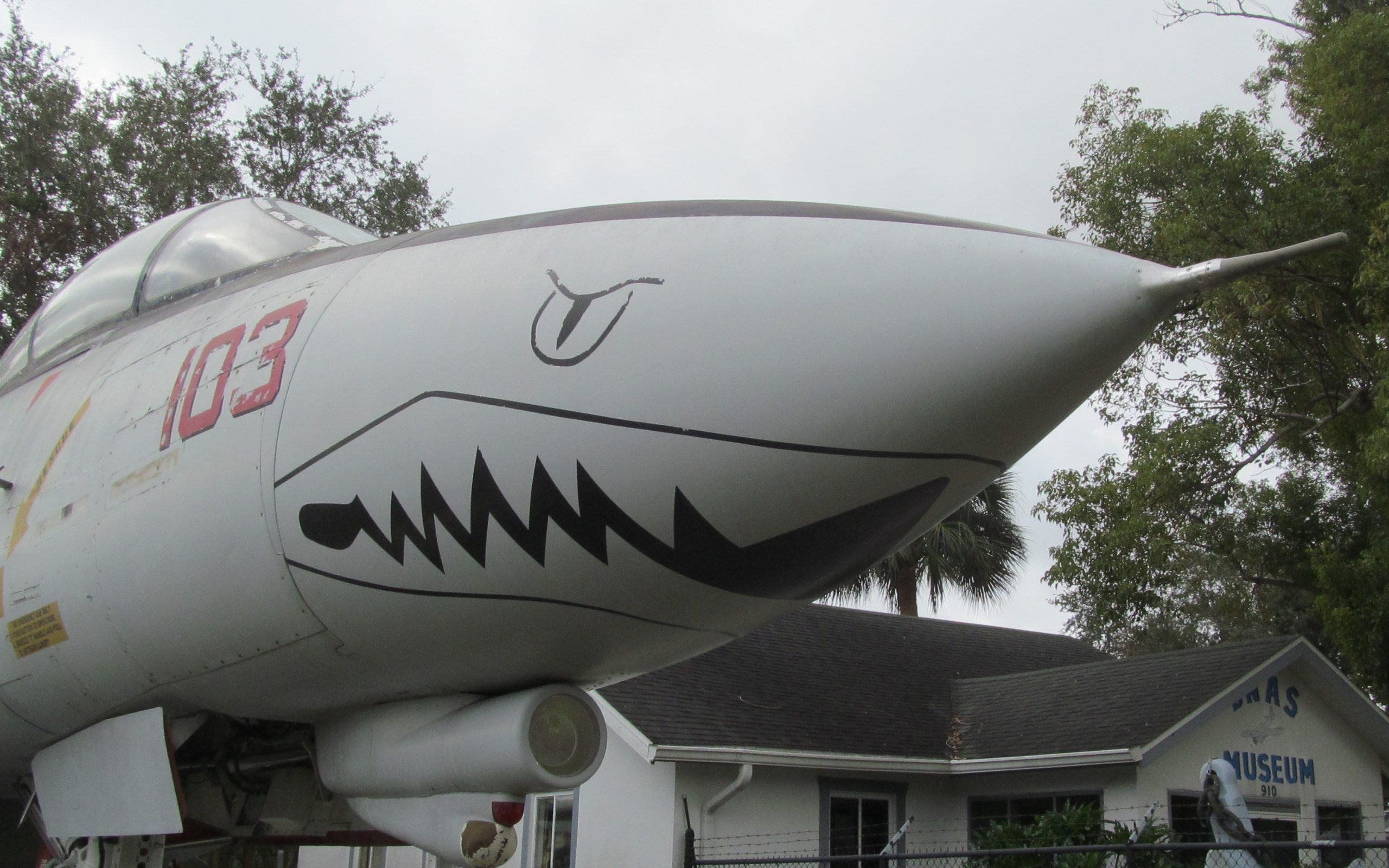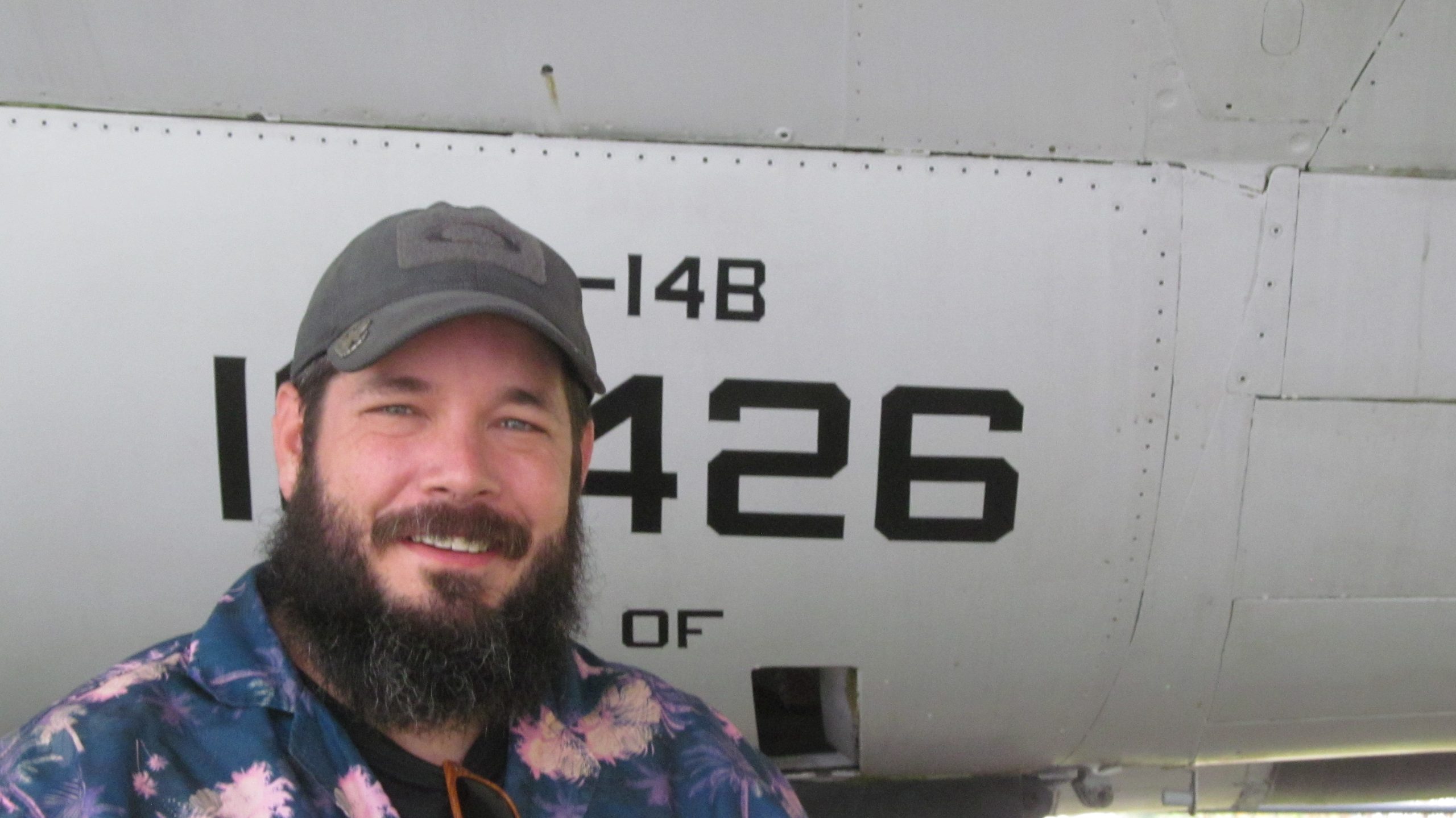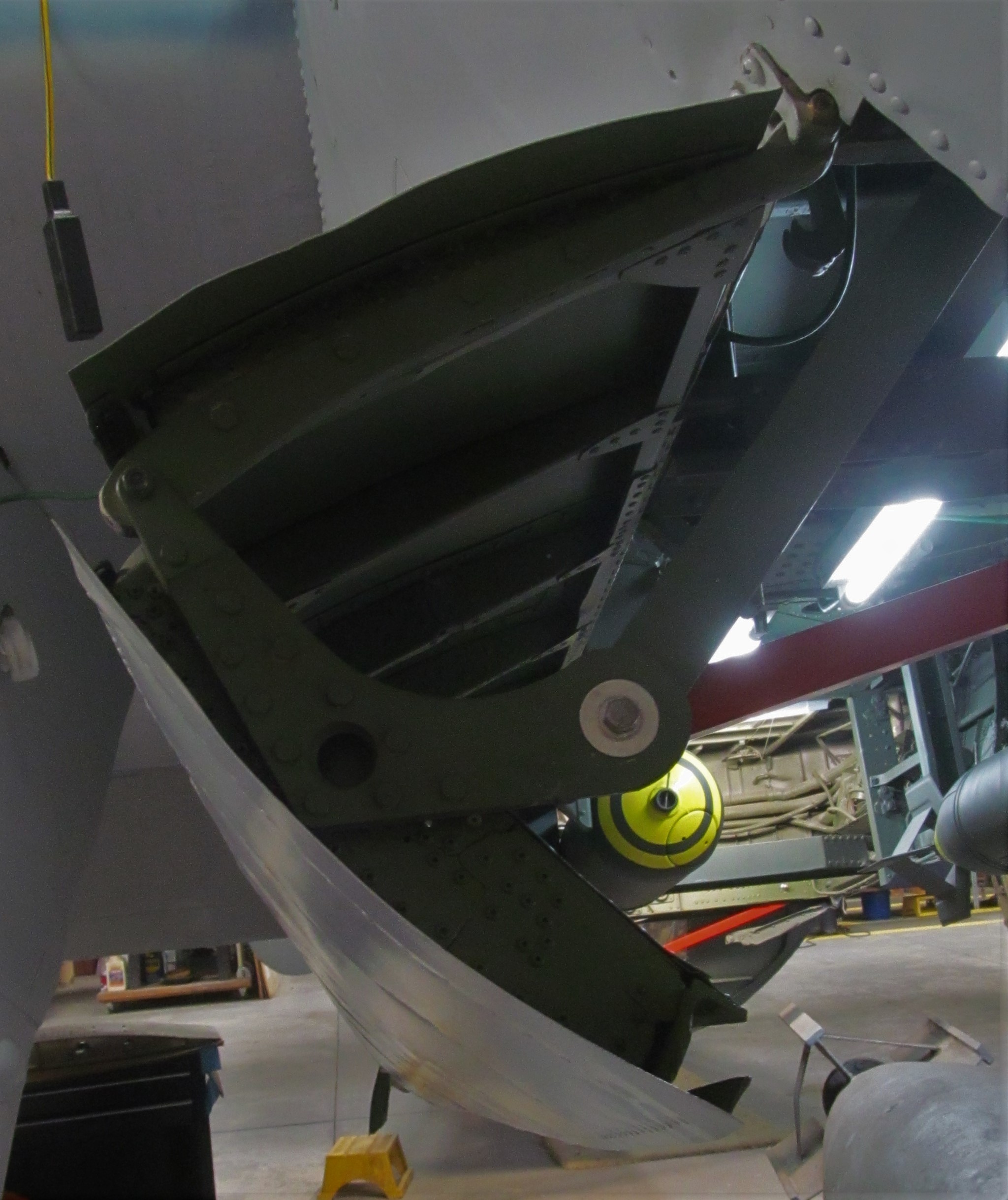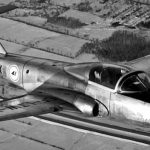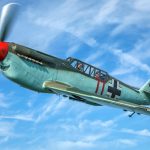by Marty Steiner
As America geared up for what became World War II, it established and built numerous military training bases. The aviation components of every service built their share. The Army Air Corps, and after June 30, 1941, the Army Air Forces, Naval and Marine Air as well as the Coast Guard all were active in this expansion. While many of these bases continue to exist today as military facilities of some form another, others became civilian airports or industrial parks. Many simply disappeared. Today the histories of those WWII bases appear as historical markers, in base museums, or displays in libraries, historical societies and other locations. Vintage Aviation News will from time to time visit some of these less known WW II aviation sites and make them known to our viewers and readers. These articles will present opportunities to visit or support the sites’ efforts to preserve their history.
DeLand Florida is probably not on your road-trip list…yet. Located more or less half way between Orlando with its many theme parks and Daytona Beach known for NASCAR races and its beach, it was the location of a WWII Naval Air Station. Today that NAS is the basis of a small aviation history museum. This museum features four aircraft. The WWII TBF torpedo bomber, TV-2 early navy jet trainer, Korean Conflict vintage MASH helicopter, and a prominently displayed F-14 Tomcat. Each is in a somewhat different state of presentation and restoration. Many military aircraft displayed at museums, airports or city parks are actually loaned by the military branch that owned and originally operated it, and this museum’s TBF and F-14 are both on such loans.
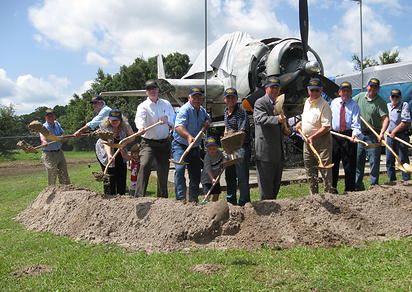
There are probably dozens of small aviation museums that are totally volunteer operated. Many of these volunteers are working diligently to restore historic aircraft. While aviation enthusiasts are aware of the more major museums with large collections of fully restored aircraft on display, these smaller groups frequently have seldom seen examples in various states and conditions. They frequently allow more close-up access to these examples as well. VAN recently visited one such museum in DeLand, Florida. The DeLand airport was one of the first in Florida. Barbara Storz, a thirty year volunteer, along with other museum volunteers hosted our visit and provided information about their involvement over the years. Dating back to 1926, it may have been built in hopes to become one of the first air mail stations in the state. Three other Florida cities were selected that year instead. The runway was asphalt paved in 1936. As the US entered WWII and expanded its needs for training facilities, the city of DeLand in act of patriotism donated its airport to the US Navy. Additional land acquisitions and building construction expanded the facility. Commissioned on November 17, 1942, it became the site of a WWII US Navy air training base, the DeLand Naval Air Station (NAS). Initial training at DeLand was crew training on Lockheed PBO-1 Hudson and PV-1 Ventura multi-engine land-based aircraft. Other aircraft types followed. Closed in 1946, the base reverted back to the City of DeLand on March 15th.
As the threat of war grew obvious in the late 1930’s, the various armed services began to assess their equipment. The Navy determined that its main torpedo bomber, the Douglas TBD Devastator, was obsolete. It had been in service since 1935. Bids were accepted and the Grumman TBF-1 Avenger was selected as the replacement. This aircraft had two new design elements, the wing folding mechanism to minimize space utilized below deck in aircraft carriers and folding torpedo/bomb bay doors. Production demands caused a large number of this aircraft type to be built by General Motors in addition to Grumman. These are designated TBM. What differentiates a TBF from the more widely known TBM is solely the manufacturer. During the WWII time period, the Navy had used an aircraft type identifier which included the aircraft function and manufacturer. The TBF (torpedo bomber) was designed and built by Grumman while the TBM of the same design was built by General Motors. The vast majority of this type were TBMs. Additionally, the DeLand example is an early model of the TBF.
The last flight of the museum’s TBF (serial number 01747) was on June 11, 1943. Lt. Robert Banta was piloting a carrier qualification off the USS Wolverine on Lake Michigan. The aircraft caught fire during the flight and the control tower instructed Banta to do a water landing in the lake. Sixty years later the museum received the loan of the wreckage, still technically owned by the Navy. It arrived on a flatbed semi-truck and began its fourteen-year restoration. Banta was present when his restored aircraft was unveiled on April 22, 2017.
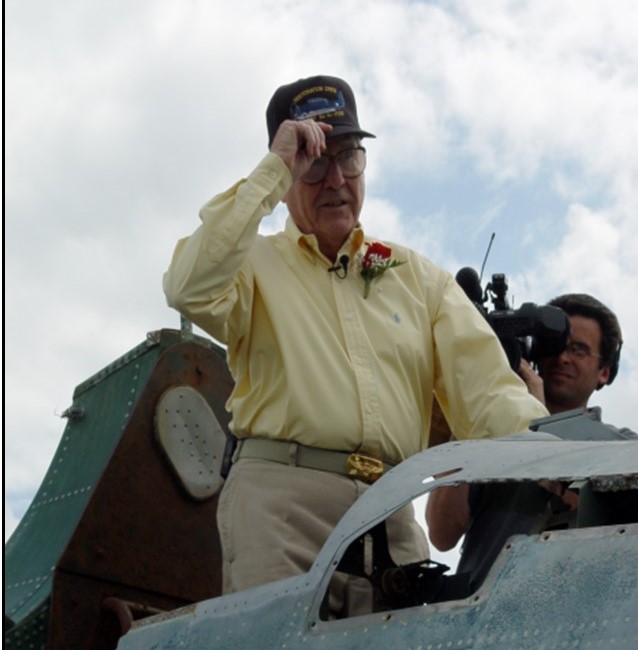
During the 1990’s when many World War II veterans were still among us, the concept of establishing a museum to preserve the history of that DeLand NAS became a reality. After taking title to the former NAS Chief Master at Arms residence and performing extensive renovation to it, the fledgling museum opened on Veteran’s Day, 1995. Initially the collection was essentially made up of small items donated by veterans and others in the area. The year 2003 saw two major additions to its collection. The Navy had assigned a TBF-1 to the museum for restoration. Also received was a PTF-3 Vietnam era fast gunboat. The museum’s F-14 Tomcat was added to the collection by the navy in 2005.
Currently the museum’s Lockheed TV2 SeaStar Jet Trainer is simply waiting for restoration. The Lockheed TV2 was the Navy’s later adaptation of the Air Force T-33 trainer and was utilized for basic carrier jet training. First service was in May of 1957. The Navy had used the standard T-33 for land-based jet training as early as 1949. This particular example had been modified by a previous private owner which may complicate the restoration.
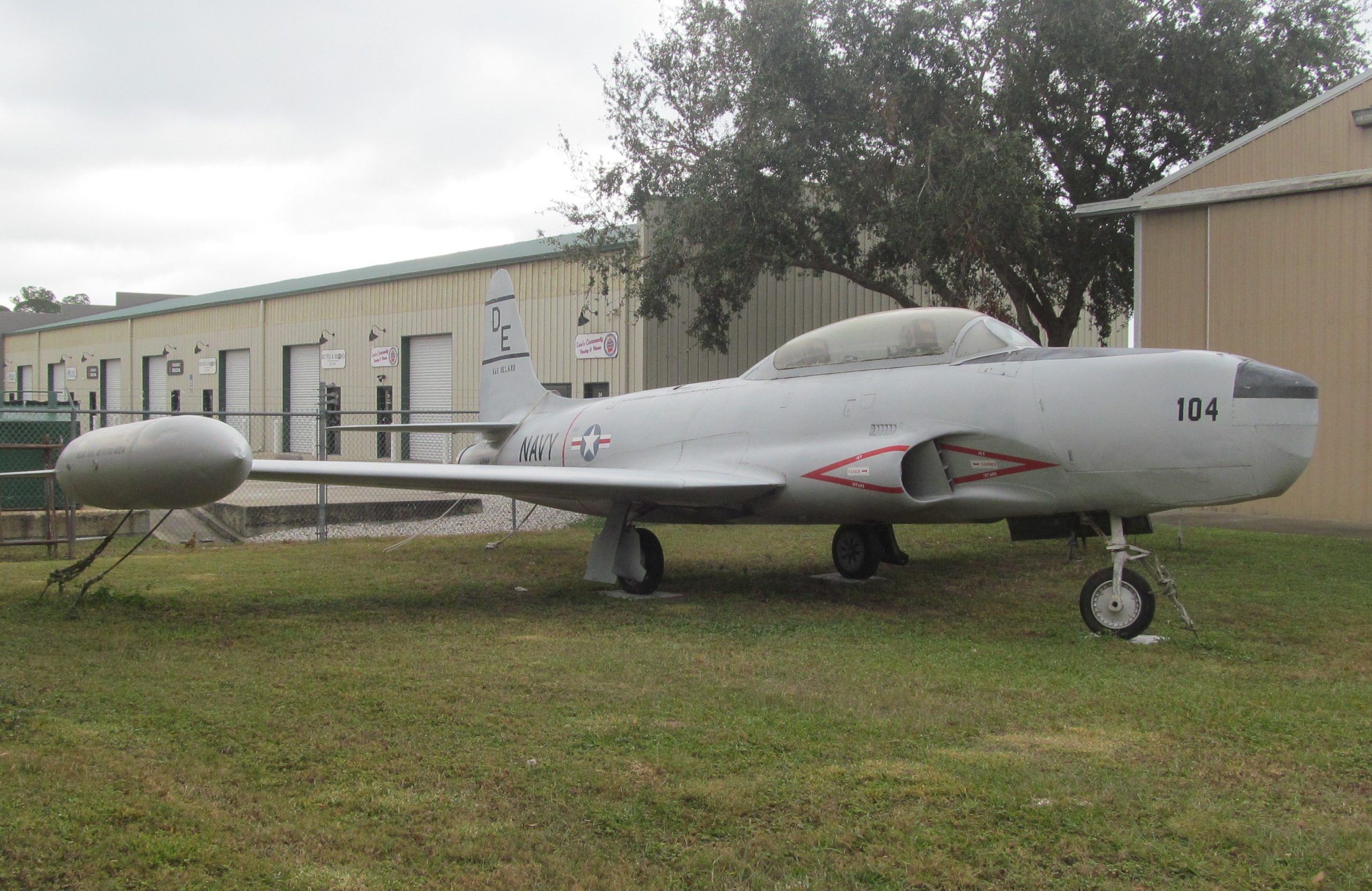
Perhaps the most unusual aircraft on display is the Sikorsky HOSS-1 medical evacuation helicopter. This Marine operated single rotor example was utilized late in the Korean Conflict. Although a Bell bubble cockpit version was used in the popular television series M*A*S*H, this museum example actually flew many of the later missions. Unlike the Bell which carried the litters outside the cabin, the HOSS carried them inside, away from the harsh winter weather in that area. This museum’s aircraft is basically intact with the internal litter placements awaiting accurate restoration. It was purchased from an agricultural chemical distribution business as was the only other known museum example which is in the National Air & Space Museum.
The most recent naval aircraft at the museum is its F-14 Tomcat. It actually was “delivered” by flying into the DeLand Municipal Airport in 2005. Its arrival from Oceana NAS in Virginia Beach, Virginia, included a number of passes over the city of DeLand and surrounding area. Hundreds of citizens had gathered at the airport to witness this arrival. The pilot taxied up to that crowd and dipped the aircraft’s nose in a final bow. It was then demilitarized and turned over to the museum. Today the Tomcat stands—like a military air base guardian—a static display at the museum’s entrance.
Flown for twenty-three years, this Grumman F-14 Tomcat was the 436th of over 700 built and was in the first unit to actually drop live ordinance. It was assigned and served with VF-143, The Pukin Dogs; VF-103, The Jolly Rogers; VF-32, The Swordsmen, and finally, VF101, The Grim Reapers. The museum has kept this example in her final unit’s markings.
“In this new year of 2025 the DeLand NAS Museum will celebrate its thirtieth anniversary of providing history and heritage education to its visitors,” said museum spokesperson Barbara Dunn Storz. “We especially honor all those veterans and many volunteers that founded this museum and who are no longer with us! We honor them by continuing the preservation of our history. In this way we both respect those who came before us and educate future generations.” The museum’s motto is “In Memory of All Who Served.” Storz also pointed out the many ways that visitors, or those who read this article, can support the museum’s efforts. These include providing information or artifacts related to the DeLand NAS or any of the personnel that served here, visiting when in the area, or volunteering if you reside nearby.
The museum is located at 910 Biscayne Blvd. directly across the road from the DeLand Airport. Entrance is marked by the F-14 gate guardian. Currently their hours are 8 AM to Noon on Wednesdays and Saturdays only. Information and arrangements for other times, esp for groups, are available at their website www.delandnavalairmuseum.org, email at [email protected], or by phone at (386)-738-4149.
Vintage Aviation News/Warbird News are interested in finding and sharing those small museums, displays or public collections of aviation history. These hidden treasures, like the DeLand NAS Museum, help us all understand the many fascinating and complex developments that brought us into today’s world of flight. If you know, or work with, any museum, library, business, airport or historical society with a history display, exhibit, or just documents in a file that help tell the story, please contact Marty Steiner, Aviation Historian, at [email protected], to share your information with VAN readers.







